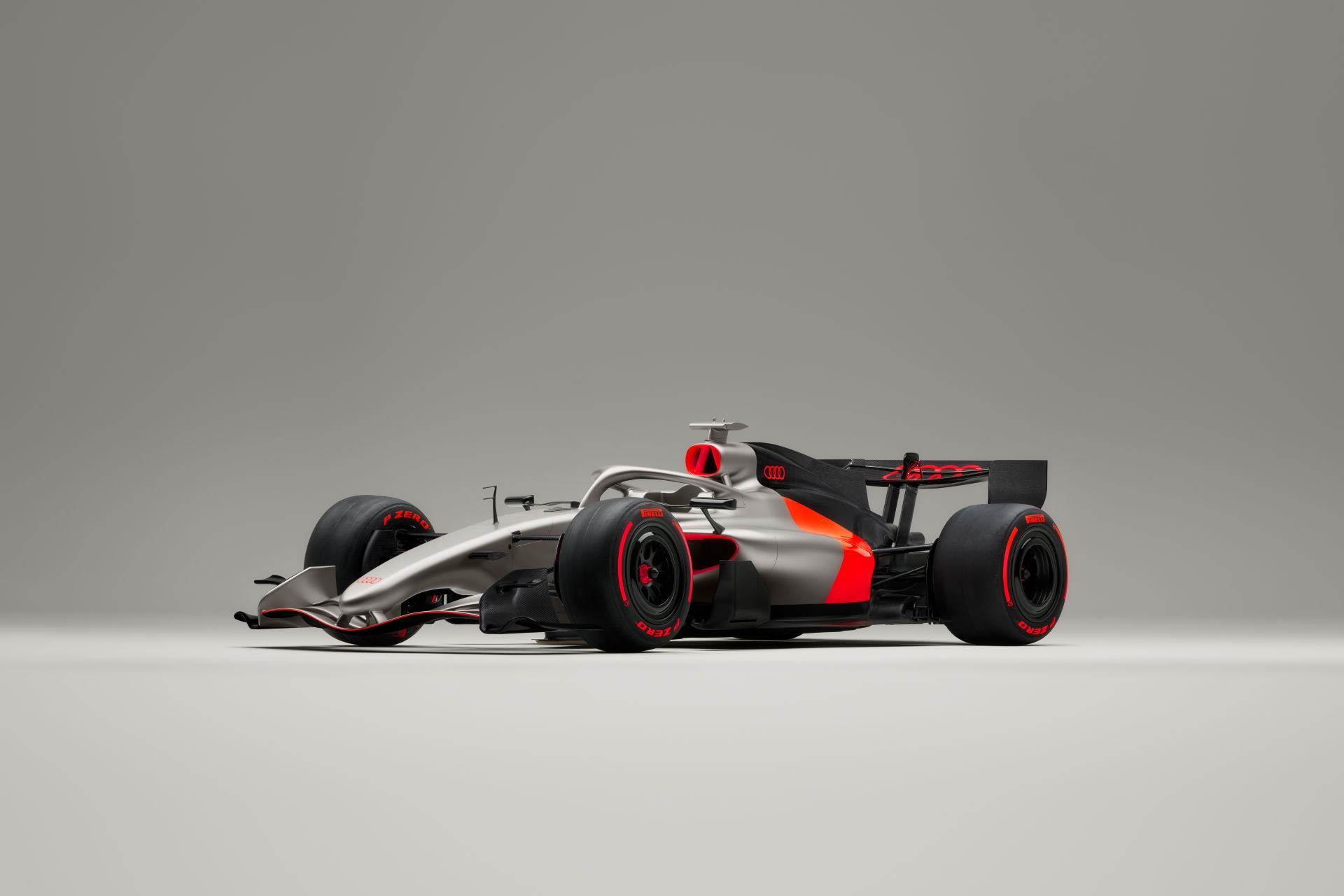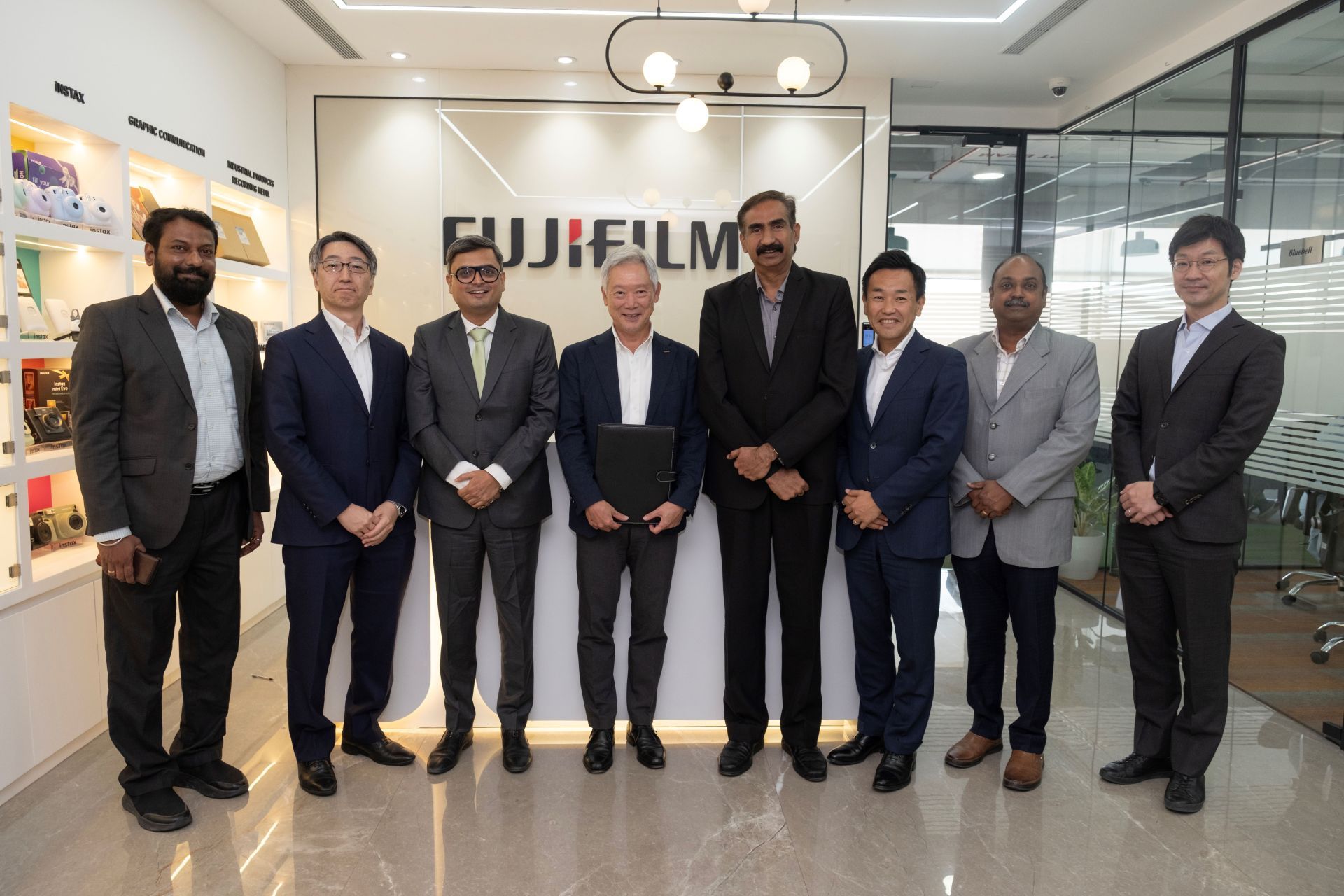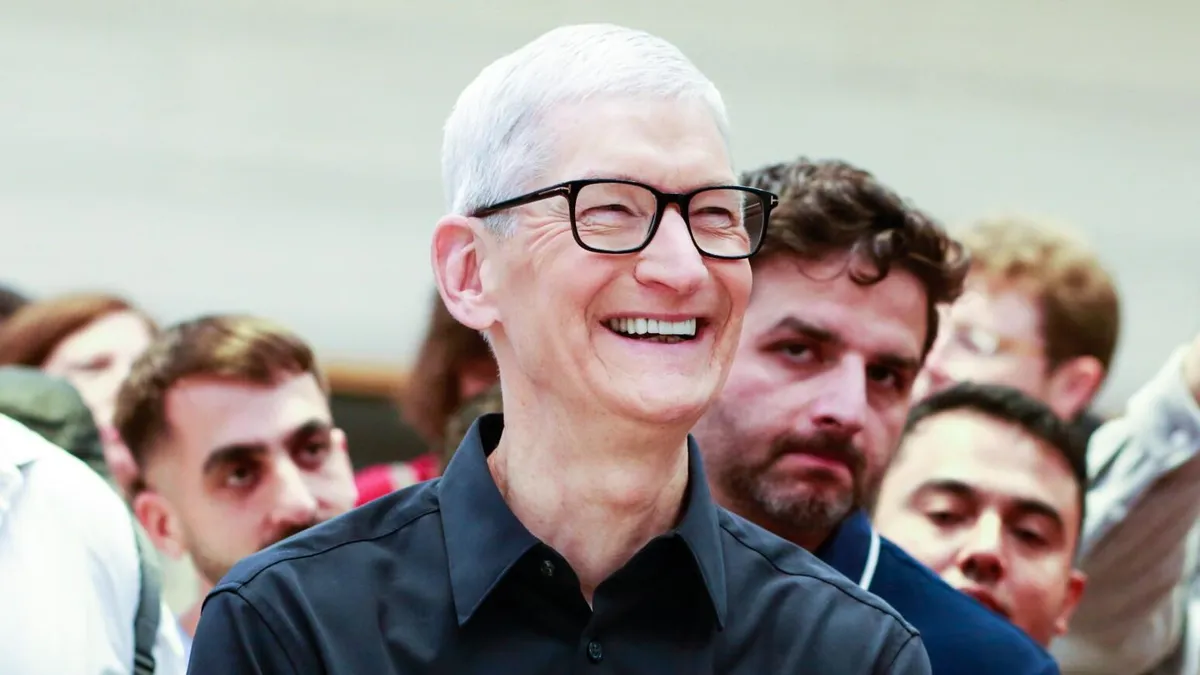Audi has stepped into a new and rather bold chapter of its motorsport journey, presenting the design identity for its first-ever Formula 1 entry with the R26 Concept. This reveal took place at the Brand Experience Center in Munich, and although the full car won’t be introduced until January, the concept already sets the tone for how Audi wants to appear on the grid. With just 115 days left before the team lines up for its debut race in March 2026, the timing feels both tight and purposeful.
Audi CEO Gernot Döllner described the brand’s entry into Formula 1 as the next chapter in the company’s renewal. He didn’t hide the ambition either, saying the intention is to fight for the World Championship title by 2030. Perhaps it sounds a bit aggressive, but it also shows how Audi sees F1 as a way to reshape itself into something leaner, quicker, and maybe a little more daring.
Key Takeaways
- Debut Race: Audi’s first competitive laps will take place at the Australian Grand Prix in Melbourne from March 6 to 8, 2026.
- Design Identity: The R26 Concept introduces a visual identity built on four principles: clear, technical, intelligent, and emotional. The colour palette blends titanium, carbon black, and Audi red. Interestingly, the four rings appear in red for the first time in an F1 setting, which gives the concept an unexpected visual punch.
- Target: The company is entering Formula 1 with the specific ambition to fight for a world championship title by 2030, a target that feels bold but consistent with Audi’s public confidence.
- Team Leadership: The project has two experienced figures at the helm: Mattia Binotto as Head of the Audi F1 Project and Jonathan Wheatley as Team Principal. Both report directly to CEO Gernot Döllner, highlighting how central this initiative is to Audi’s strategy.
- Driver Lineup: For 2026, Audi blends experience with youth by pairing Nico Hülkenberg of Germany with Brazilian rising talent Gabriel Bortoleto.
- Global Reach: Formula 1 remains the world’s most popular annual sports series, reaching an estimated 820 million fans and roughly 1.6 billion TV viewers in 2024.
- Team Acquisition: To prepare for F1, Audi acquired the entire Sauber Group earlier this year.
A New Visual Era on Track
The R26 Concept represents the very first interpretation of Audi’s new design language. Chief Creative Officer Massimo Frascella mentioned that this visual philosophy will eventually extend across the whole company. The car’s look leans into minimalist surfaces and sharp geometric cuts that flow with the underlying structure of the chassis. It prioritises clarity, function, and a kind of quiet precision that Audi tends to champion.
The selective use of Audi red, especially on the four rings, immediately stands out. It is a small but symbolic shift, almost as though Audi wants to remind everyone that motorsport is not just part of its heritage but part of its next identity.
The F1 Project Strategy
Audi views Formula 1 as a global stage to express its long-standing philosophy of “Vorsprung durch Technik”. Entering at a moment when the sport operates under a strict cost cap makes the project financially predictable, at least in theory. That stability, combined with F1’s massive reach, could help Audi connect with a younger audience and broaden its global appeal.
The team has already secured major partners including adidas, bp, and Revolut, which will become the title partner. The acquisition of Sauber also brought in the Qatar Investment Authority (QIA) as an investor, hinting at the scale and seriousness behind the operation.
The Development Roadmap
Audi’s development and operations are split across three strategic locations, each selecting a region with strong motorsport DNA or useful engineering infrastructure.
Neuburg an der Donau, Germany:
This facility focuses on developing and constructing the power unit. The design is rooted in the new 2026 regulations, with a 1.6 litre V6 internal combustion engine combined with an Energy Recovery System. This ERS system includes an electric motor and a battery, reflecting the increased emphasis on electrification.
Hinwil, Switzerland:
The F1 Factory, previously Sauber’s base, handles the chassis design, car construction, and race operations. This continuity of infrastructure may offer Audi a smoother entry than starting from scratch.
Bicester, UK:
Audi opened a new technology office here in mid 2025. By positioning itself within the UK’s Motorsport Valley, Audi gains access to a deep pool of engineering talent and suppliers.
The power unit development began in 2022 and has moved quickly. By 2024, the full powertrain ran dynamically on a test bench using race simulation conditions. With F1’s 2026 regulatory changes focusing heavily on electrification and sustainable e fuels, Audi sees this as the right moment to join. At least all teams must adapt simultaneously, which does flatten the playing field somewhat.
After the team’s official public reveal in January 2026, Audi plans a private test in Barcelona, followed by public testing in Bahrain ahead of the opening Grand Prix.
Frequently Asked Questions
Q1: When will the Audi F1 car race for the first time?
A1: Audi’s F1 team will make its eagerly awaited debut at the Australian Grand Prix in Melbourne, scheduled for March 6 to 8, 2026.
Q2: Where is the Audi F1 team based?
A2: The team operates from three main locations: Neuburg an der Donau in Germany for the power unit; Hinwil, Switzerland, for the chassis and race operations; and Bicester, UK, for its technology office.
Q3: Who are the confirmed drivers for the Audi F1 team in 2026?
A3: The 2026 driver lineup includes experienced German driver Nico Hülkenberg and young Brazilian talent Gabriel Bortoleto.
Q4: What is the Audi R26 Concept?
A4: The R26 Concept previews the colour scheme and overall visual identity for Audi’s first Formula 1 car, based on a design language that is clear, technical, intelligent, and emotional.
Q5: Why is Audi entering Formula 1 in 2026?
A5: Audi sees the 2026 season as the ideal entry point because major regulation changes will reset hardware across the grid, particularly with hybrid systems and sustainable fuels. This reduces the disadvantage usually faced by newcomers.


















